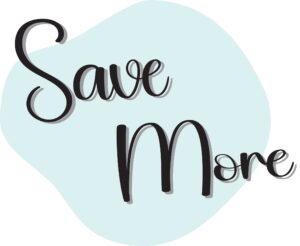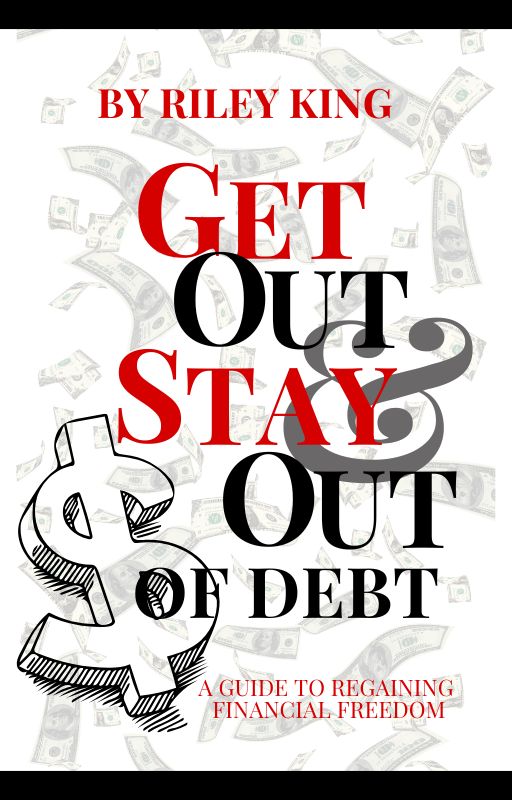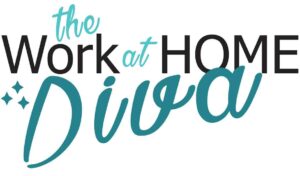The No-Spend Challenge: Save Big in Just 30 Days

Disclaimer: This post may contain affiliate links. If you click on a link and make a purchase, I may earn a small commission at no extra cost to you. I am not a financial planner, and the information here is for informational purposes only, It should not be considered financial advice. Always consult with a licensed financial professional for advice specific to your situation. For more details, please review my Disclaimer, Privacy Policy, and , Terms & Conditions.
Ever feel like your money disappears faster than you can earn it? If you’ve been looking for a simple yet powerful way to reset your spending habits and boost your savings, you’re going to love the No-Spend Challenge. In just 30 days, you can save hundreds—maybe even thousands—of dollars while learning to live more intentionally. Sounds exciting, right?
What Is a No-Spend Challenge?
The No-Spend Challenge is exactly what it sounds like: a self-imposed break from unnecessary spending. For 30 days, you commit to not buying anything outside of your essential expenses like rent, groceries, medications, and utilities. Everything else—yes, even those irresistible Amazon finds—is off-limits.
Why Try a No-Spend Challenge?
- Jump-start your savings goals
- Break the cycle of emotional or impulsive spending
- Gain a clearer picture of where your money goes
- Reduce financial stress and increase confidence
- Appreciate what you already have
How to Prepare for the No-Spend Challenge
Before diving in, it’s a good idea to prepare. A little planning makes the challenge more enjoyable and way more successful.
Step 1: Set Your Rules
Define what “no-spend” means for you. Some people allow spending on groceries and gas only, while others include necessities like pet supplies and household items.
Step 2: Know Your Triggers
Be honest about where you tend to overspend. Is it online shopping? Takeout? Daily coffee runs? Identifying your triggers will help you avoid them.
Step 3: Plan Your Meals
Meal planning helps cut down on impulse food purchases. Try a budget-friendly meal planning service like eMeals—they offer low-cost, customizable meal plans that save you time and money.
Step 4: Unsubscribe & Unfollow
Unsubscribe from tempting marketing emails and unfollow brands on social media—at least for the month. You’ll be surprised how much it helps!
30-Day No-Spend Challenge Ideas
Need inspiration for free or low-cost activities during your challenge? Try these:
- Host a game night with friends or family
- Start a journal or blog
- Go on nature walks or explore local parks
- Deep clean and declutter your home
- Learn a new skill on Skillshare
Track Your Progress
Keep a journal or spreadsheet to document your no-spend wins and temptations. You can even grab a printable No-Spend Tracker from my Etsy shop to make tracking fun and visual.
What to Do with the Money You Save
At the end of your challenge, you’ll have a clearer understanding of your finances—and hopefully a chunk of money saved up. Here’s what you can do with it:
- Build your emergency fund
- Pay off debt
- Invest in a high-yield savings account like Chime
- Take a course to upgrade your skills
- Reward yourself with a guilt-free treat
Final Thoughts: Are You Ready to Take the Challenge?
Taking on a 30-day No-Spend Challenge may seem tough at first, but it’s also deeply rewarding. By learning to pause and question your purchases, you’ll walk away with stronger financial habits, more savings, and a renewed sense of control.
Ready to get started? Download your free No-Spend Challenge checklist and join our community of mindful spenders today!

